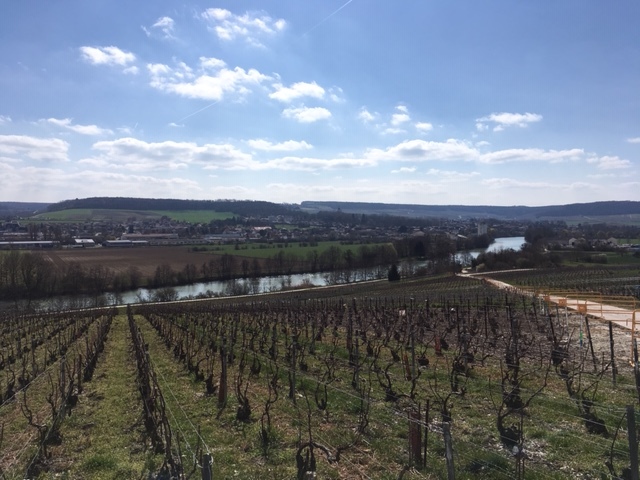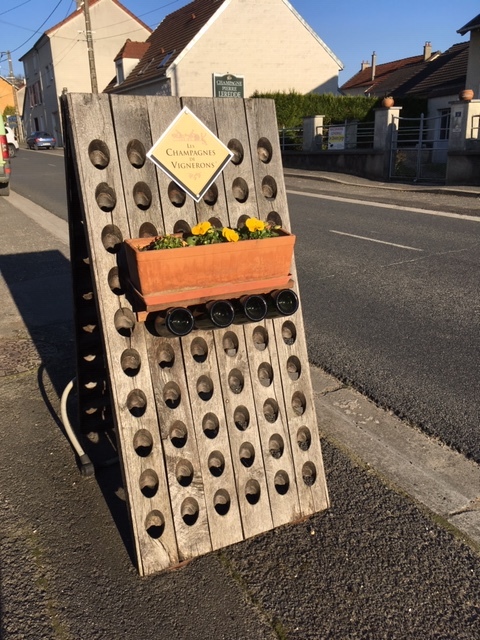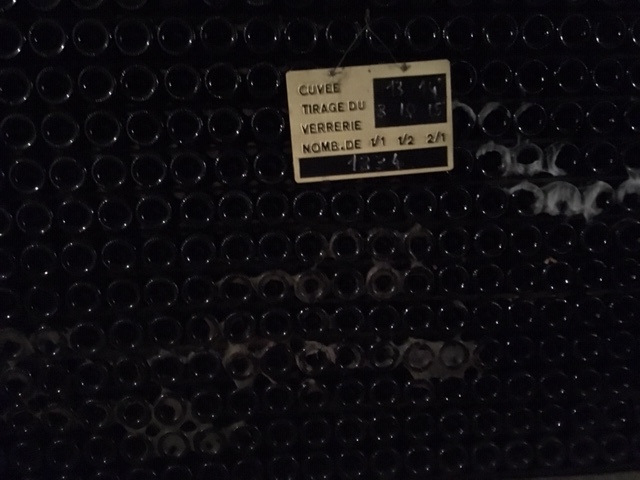Champagne Wrap Up
I just returned home to California after a two week trip in Champagne. After 46 appointments and tasting 506 wines, I am a little tired but completely inspired by the work of the Champenois. About 1/3 of the wines that I tasted were vin clairs, the still wines from the 2018 harvest that I tasted before the bottling. This vintage, which was much lauded at the time of harvest, I believe is a turning point in Champagne.
The producers had much to be excited about. In late August when they were bringing in the 2018 vintage and, for the first time in many years, many had a big crop, and the fruit was perfectly healthy. The contrast with 2017 was stark—that vintage saw frost damage in spring, hail in summer, and rampant mildew which hurt both quantity and quality. The robust health of the grapes in 2018, and the sometimes staggering quantities harvested were a huge relief to everyone in the region.
Tasting the vin clair proved to be very easy, given that this was the ripest, lowest acid vintage in the history of Champagne. Yes, that is right; even riper than 1959, 1976, 2003 and 2015. My dentist will not be upset with me like after the monumental 2008 vin clair tasting, which ate the enamel off my front teeth! Because of this, many of the producers blocked malolactic for the first time ever. The malic acid counts were low in 2018, but many producers felt that every bit of acidity needed to be conserved. I first heard people considering this move in 2015, but now they have taken the plunge. This could be the new normal.
The growers have tempered their original enthusiasm for the 2018s, and now say “let’s wait and see” or “this is a very good but not great vintage” instead of the “vintage of the century” that they were talking about at harvest. While many producers will declare and make some vintage wines, many others have preferred to use the better parcels as reserves, sending the weaker 2017s to the distillery in their place.
For me, the stand out 2018s came not from a certain variety, but rather from the northernmost, coolest spots in the region. Taking a look at my notes, the word that pops up the most often is “clean” followed by “big” and “soft”. I only marked a couple of 2018s with big stars. One of those was the Aspasie Cepages d’Antan, which benefits not only from being made primarily of high acid Meslier and Arbanne, but also from being grown in the far north-west of the region. My notes read “honeyed exoticism married to laser acidity, like a 2008!” The other was Michel Arnould’s tiny tank of Memoire de Vignes. My notes read, “black cherry Pinot savor and Mesnil like chalky drive!!!!!!!”
If someone had told me on my first trip to Champagne back in 2001 that producers would be changing their mind about malolactic, I would have laughed at them. Back then, you were in one camp or the other, and it was definitely best not to ask about it. They would tell you eventually. Here in Champagne, climate change is not just something in their future, it is here, and even part of their past.
A toast to you!
—Gary Westby





